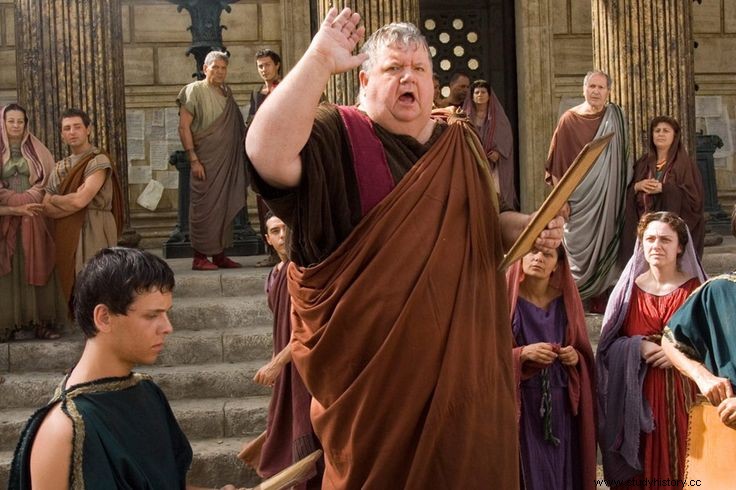Although the Acta Diurna , diary or archive of Rome, had been published for years, it was not until 59 B.C. when Julius Caesar decided to go further and make public the issues and business dealt with in the Senate via Acta Senatus , the equivalent of our Congress session diary. Later, and through the Acta diurna populi Romani , the decisions of popular assemblies and courts, auction notices, births, deaths, marriages, divorces and other social events were also published. Those first free newspapers were published on tablets in the Forum, the nerve center of the city, so that everyone had access to news of general interest (Acta Diurna and Acta Senatus ) and, as we have seen, those of the heart (Acta diurna populi Romani). And if we could equate these minutes with our press, those who wrote them, the diurnarii , we could call them the journalists of ancient Rome.

Furthermore, as information has always been power and freedom of expression did not yet exist in Rome, the news that was published was controlled by the authorities. Although initially only Rome had the privilege of these publications, it was soon necessary to make numerous copies and send them to all the Roman provinces. Even knowing that many news items had been partially biased or simply deleted, the people were very interested... but most of them couldn't read! To solve the problem of rampant illiteracy, the praeco were instituted , the town criers in charge of touring the city and “singing” the news. Of course, from the early hours of the afternoon that the commoners had already finished their working day. But the praeco , State officials with evening hours, were not the only ones who ran through the streets shouting, so did the strilloni , criers who were listed in the self-employed regime hired by shopkeepers and merchants to advertise the opening of new shops, products for sale, 2×1 offers or sales.

Praeco – Still from the series “Roma”
And to close the circle of the media, there were the subrostani that, as a freelance (free , free and lance , spear; which refers to the medieval knights without a lord who were rented for money) or pure agencies, they sold the news that they claimed to know first hand. The problem of the subrostani was that they could sneak you rumors and gossip for verified news or, worse still, sell news on behalf of interested third parties. And in the image and likeness of our annual summaries with the most shocking or relevant news, the Annales Maximi were edited in Rome. , usually filled with battles, conquests and inaugurations of public works.
I don't know when it happened, but at some point in history, what were once called the media became opinion media. Because one thing is to inform and another, very different, to create opinion following the editorial line marked by the "color" of those who pay. There are more and more “opinologists ” (as they are called in Chile to those who think about everything without any shame) and fewer journalists. From this humble platform, I demand the return of those journalists whose chronicles were authentic works of literature.
